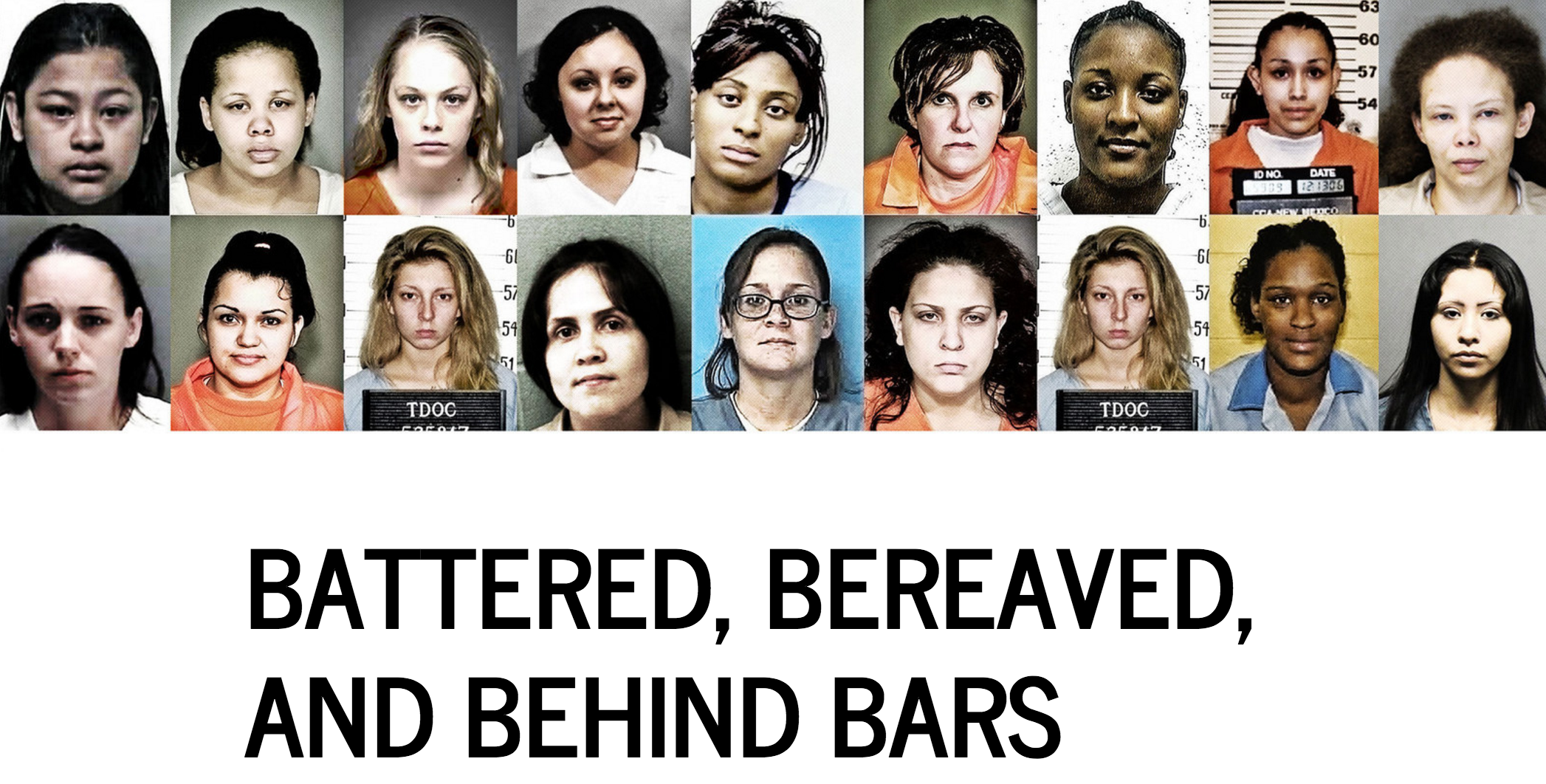Editor’s note: This is the first part of a three-part series examining investigative teams at digital news organizations throughout the United States.
When Alex Campbell introduced himself as an investigative reporter for BuzzFeed News two years ago, his sources were often confused.
BuzzFeed? What was that? Could he please spell it?
“My colleagues would make fun of me for how many times I would spell out B-U-Z-Z-F-E-E-D on the phone,” Campbell said. “You got people who didn’t really understand where you were from.”
It was new territory for Campbell, too. In early 2014, he left his job as an investigative reporter at The Indianapolis Star, a paper with two investigative Pulitzer Prizes under its belt, to join BuzzFeed News. At the time, BuzzFeed was better known among media types as a viral hit factory than it was for producing hard-hitting investigative journalism.
But in the two years since its founding, BuzzFeed’s I-team has carved out a niche in the vanguard of news organizations doing high-impact digital journalism amid industry-wide disruption that has claimed investigative jobs at regional and local newspapers nationwide.
Campbell’s first major story for BuzzFeed News, a look at battered women imprisoned for failing to protect their children from their abusive partners, was a finalist for the Kelly Award. Arlena Lindley, who was imprisoned for 45 years for failing to protect her son, was granted parole in January after being featured prominently in Campbell’s article.
Other high-impact stories have followed: After the BBC and BuzzFeed News co-published an investigation into match-fixing in the upper echelons of tennis, the sport’s major associations launched an independent review of its anti-corruption program. An examination of the for-profit foster care company National Mentor Holdings triggered a U.S. Senate investigation. And a story that revealed inequities in the U.S. guest worker program led to a congressional outcry and earned BuzzFeed a National Magazine Award earlier this month. It’s impossible to know whether BuzzFeed’s reporting was the sole factor in each of these cases. But it deserves a share of credit for bringing these issues to a wider audience.
Betting on people, not beats
At the head of BuzzFeed’s I-team is Mark Schoofs, the investigations and projects editor for BuzzFeed News. His background is mostly in newspapers — in 2000, he won a Pulitzer Prize in international reporting for an eight-part series on AIDS in Africa published in The Village Voice. After that, he moved to The Wall Street Journal, where he was a foreign correspondent and investigative reporter for Page One before joining ProPublica as a senior editor.
At BuzzFeed, Schoofs has faced the challenge of building an investigative culture from scratch. His strategy? Place bets on people, not beats. Schoofs doesn’t scour the ranks of America’s newspapers looking for education reporters or finance reporters — he looks for good reporters and gives them latitude to tackle a wide variety of stories.
“I made the decision I was just going to hire great reporters who would sniff out amazing stories,” Schoofs said. “Who would basically go out to the Serengeti, kill the game and drag it back.”

“The Tennis Racket,” BuzzFeed’s investigation into Tennis match-fixing. (Screenshot)
Over the past two years, Schoofs has grown the team from one staffer — himself — to encompass 20 journalists across two countries, the United States and Britain. The journalists have come from major newspapers renowned for investigative work, such as the Los Angeles Times and The Wall Street Journal, and smaller outlets like the Center for Public Integrity. BuzzFeed UK’s investigative team, which comprises four journalists, is led by Heidi Blake, who was previously assistant editor at The Sunday Times.
Along the way, Schoofs has made an effort to diversify the ranks of BuzzFeed’s investigations team. He notes that investigative reporters are often white and male, in part because editors tend to select journalists that remind them of themselves for special reporting assignments and mentoring. To combat this trend, BuzzFeed has launched a fellowship for investigative journalists of color and hired its first recipient, Melissa Segura. But he concedes that the team hasn’t “done a good enough job” on the problem and says it’s a work in progress.
Tumult for investigative reporting
BuzzFeed and other up-and-coming digital outlets represent a bright spot for America’s investigative reporting corps, which have not been immune to the decreases for the industry writ large. It’s hard to nail down exactly how much investigative journalism has been affected by the financial headwinds facing newspapers, said Mark Horvit, the executive director of Investigative Reporters and Editors. IRE tried to track the number of investigative reporters in America’s newsrooms, but ambiguity about the definition of investigative reporting made it difficult to arrive at a number everyone agreed on.
But it’s difficult to see how investigative jobs could have withstood the industry-wide cutbacks that have afflicted newspapers. The most recent survey from the American Society of Newspaper Editors put the number of newspaper journalists nationwide at 32,900, a 42 percent decrease from the industry peak of 56,900 in 1990.

Battered, Bereaved and Behind Bars, Campbell’s investigation.
Some of this loss has been offset by the rise of investigative journalism undertaken at digital-only news organizations like ProPublica, the Texas Tribune and The Lens, which specialize in the kind of deep digging that was once more common elsewhere. Much of this work is done by nonprofits; membership for the Institute for Nonprofit News has swelled to include more than 100 outlets, many of which have an investigative bent, according to its 2014 membership roster.
Although this increase has helped, it probably hasn’t filled the gap entirely, Horvit said.
Starting from scratch
At BuzzFeed, lack of name recognition has proved both a blessing and a curse, Schoofs said. On one hand, official sources might be more reluctant to call back a reporter from BuzzFeed than they would someone from a more established outlet like The New York Times. But among sources that skew younger, BuzzFeed’s name has been an asset in getting people to open up.
Schoofs recalled one instance where a source’s daughter persuaded him to call a BuzzFeed reporter back because she liked reading the site. And Campbell says that although a “local clerk in Arkansas” might be less likely to return his call, BuzzFeed’s brand awareness has occasionally helped.
“I’ve gotten all sorts of silly things,” Campbell said. “Like, ‘hey man, my relative reads that and loves it.’ One person said, ‘I see you on Facebook all the time with The Onion. It’s so funny!”‘
What recognition the reporters don’t get from their sources, they get from their colleagues, Schoofs said. When the team publishes a big investigation, staffers across BuzzFeed’s spectrum of hard and soft news share the stories. And the I-team doesn’t sweat BuzzFeed’s reputation as epicenter of Internet cuteness — Schoofs counts himself a proud subscriber of its Puppy Break newsletter.
But Schoofs acknowledges that BuzzFeed’s investigations may never rocket into the social media stratosphere with the same velocity as the company’s lighter fare. Major investigations seldom get fewer than 200,000 pageviews, but that’s a dribble of traffic compared to the 73 million pageviews garnered by The Dress.

A portion of BuzzFeed’s investigative team. (Photo by Jared Harrell, BuzzFeed News)
However, The team does its best to maximize the audience for its pieces (“If you believe in democracy, you’ve gotta believe in reaching a lot of people,” Schoofs says). When the team gets ready to launch an investigation, they bring in staffers involved with audience development to spread the investigation on various platforms — WhatsApp, Facebook, Twitter, etc. — and generate a media buzz around the projects.
What matters is that the right people read the stories, Schoofs said.
“The amount of people who care about cute cats — it’s probably about 5 billion of the 6 billion people on the planet,” he said. “But if you think about the number of people, for example, who really care about for-profit foster care, it’s probably not nearly as many people who care about cats.”






